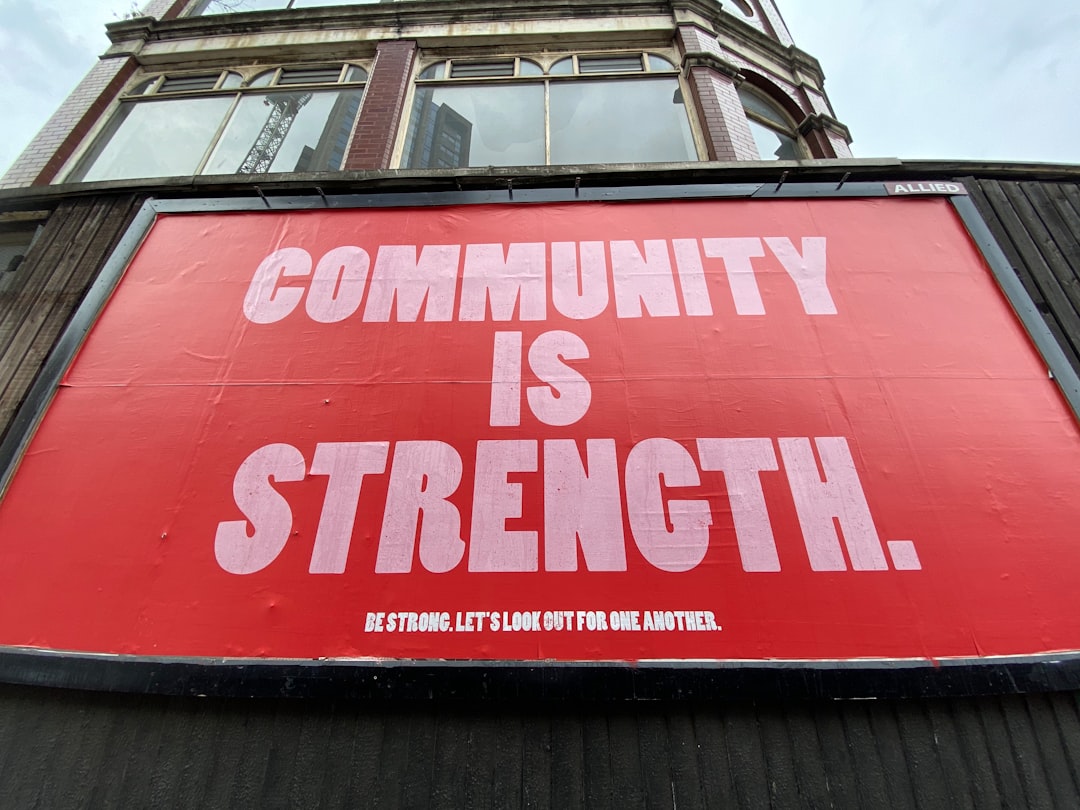- Digital Media Products, Strategy and Innovation by Kevin Anderson
- Posts
- Why news organisations are resurrecting their on-site community efforts
Why news organisations are resurrecting their on-site community efforts
And how these community efforts are finding more success than earlier community products

A bit of an apology for the slight delay. I took up running during the pandemic, and I ran my first half-marathon this week. I have been training for the past four months, and it felt like such a great achievement to finish the race, much less finish it in one hour 41 minutes.
After years of outsourcing interactivity and community to social platforms, news organisations are launching multiple efforts to reclaim their relationships with their audiences. It comes almost a decade after news organisations threw in the towel, shut down their comment sections and focused on off-platform strategies for their audience development. As the executive editor at Reuters said at the time: “We felt that, since so much of the conversation around stories had gravitated toward social, that was the better place for that discourse to happen.”
However, with Meta making it clear that it won’t be promoting news either on Facebook or in its new Twitter competitor Threads and declining traffic from other social platforms, publishers have decided that it is time for them to rebuild their own communities. Comments are reappearing on media sites and apps as community software has become more sophisticated, services such as Coral, Hyvor and Viafoura. (Disclosure, these are all community integrations with Pugpig’s Bolt app platform - my day job.) These platforms use AI to help with moderation and have strategies to help support positive communities. As I know from my years working on engaged journalism projects at the BBC and The Guardian, good technology is part of supporting healthy communities, but the best technology cannot replace the active involvement of the editorial staff.
It is inspiring to see what innovative media companies are doing to reclaim the relationships with their audiences from the platforms. In the Philippines, the groundbreaking journalism group Rappler launched its own community apps on iOS, Android and on the web late last year. Rappler decided to do this for audience development and also to counter disinformation that has been rampant on social media platforms in the Philippines.
“The insidious manipulation of Big Tech – inciting fear, anger and hate for profit – has destroyed the public sphere and the crucial discussions needed for democracy. It’s time to build our shared reality and redefine civic engagement, to restore trust,” Rappler CEO and Nobel Peace Prize laureate Maria Ressa wrote in an article launching the apps.
Rappler has long been incredibly effective at leveraging technology to support its journalistic mission, but they have also married technology with smart community strategies, involving journalists in the conversations on the platform. “When you go into chat rooms and you see Maria or another Rappler reporter asking you what you think, there’s something there that builds trust,” Rappler Community Lead Pia Ranada told Esther Kezia Thorpe for Digital Content Next. Rappler’s success has been its commitment to journalism, its successful development of technology and its product thinking. They have used the community for crowdsourcing and have moved beyond news content, which has opened up revenue opportunities.
Rappler is not alone. I was fascinated to see Jeff Elgie of Canada’s Village Media announce that his group was launching a “local, community-powered social network”. He wrote:
“SPACES: a haven for local discussions, curated by those who know them best—local experts and professional journalists. Our platform is more than just a social network; it's a commitment to reviving the lost art of community engagement. By fostering safe, civil, and meaningful interactions, SPACES aims to strengthen the bonds between neighbours, reignite local passions, and rebuild the trust that has been eroded by impersonal and divisive platforms.”
Elgie’s Village Media has been building a local journalism network in Canada while the country’s local media has been declining just as rapidly as in the US. Spaces and Village Media is a company to watch, particularly if you work in the local journalism space.
Staying in Canada, the Toronto Star added comments across its site in 2022. They tied commenting to registration, which became a key part of their strategy to convert anonymous users to known ones and improve the community experience, according to an article on Poool’s Audiencers. It led to improvement in several KPIs, including:
A 26% increase in new commenters
A 72% increase in registrations and commenters now make up 25% of all registrations.
And since commenting has been tied to registrations, there has been a 405% increase in logins.
They have since added new features that drive engagement from their commenters using Viafoura’s technology. When users login, they are alerted to responses to their comments, much as on social networks like Facebook. The volume of comments has increased by 60%, the replies to comments increased by 79% and time spent in the commenting section has increased by 30%.
Having spent more than half of my career working at the intersection of community, technology and community, it is exciting to see these new efforts. I was involved in several early audience engagement projects at the BBC, including the World Service’s Talking Point, answering crowd-sourced questions about the 2000 US election (using an early mobile webcasting kit), blogging about the 2004 US election and being on the launch team of the BBC’s World Have Your Say. When social media platforms led media companies to focus on off-platform activities, for a time it led to too much focus on building the audiences for those platforms without enough clear benefit for media companies. Certainly, some strategic leaders made sure that their off-platform efforts had direct benefits for their companies in terms of audience development and revenue, but for volume-focused companies, I saw those companies chase the whims of platforms without enough attention to how these efforts supported their own businesses.
The Toronto Star’s success shows how these new community efforts can drive important engagement outcomes, and Rappler is showing how strategic use of community can directly generate additional revenue. I am hopeful that these efforts can restore some of the damage done during the Platform Era.
Now for the weekly round-up. Isabelle Roughol highlights the lack of advancement opportunities for journalists and how this is leading to the flight of talent. She proposes that journalism companies develop a career ladder and communicate transparently how employees can climb it.
Rasmus Kleis Nielsen of the Reuters Institute makes an excellent point that many recent tech advances have failed to live up to the hype that they would transform society such as AR/VR, smart speakers and blockchain/Web3. The demand was dramatically less than the titans of tech led us to believe. He described the public’s approach as “AI pragmatism”, with a mix of concern, scepticism and yet a practical appreciation.
That’s the demand side, and Rasmus also considers the supply side. He says that news organisations are engaging in experimeation and incrementalism. Bookmark this one.
Axios thinks that original reporting and in-person events will become even more valuable in the age of AI.
With this view in mind, it was interesting to see Yahoo acquire Artifcact, the short-lived app from the co-founders of Instagram. Yahoo will not be bringing the app back but will instead use its underlying technology to power personalisation across its platform.
Pain in media podcasting
Simon Owens explains why local podcasts have struggled. As he says and I know, building audiences for local podcasts is an uphill battle, and he says that local ad sales teams lack the sophistication to do the type of sales necessary to support them. It’s hard to sell ads when local podcasts struggle so much to build an audience. The podcast economy has a high head and a very shallow tail.
Simon points to SB Nation shutting down its podcast network which covered local sporting teams across the US, as well as The Athletic closing some of its local podcasts as well. We currently don’t have have a generic model for local podcast success, and from the time I worked for a local public media group in the US, I found that we had an easier time of building an audience in 2018 than we did a couple of years later.
Chicago Public Media’s problems run deeper than the difficulty of local podcasts, but that is one element of their challenges. The Chicago public media group is suffering from a declining audience and advertising revenue as well as declines in philanthropic support, which is a major revenue item for stations like the groups WBEZ. The cuts also included drastic cuts in the broadcasters podcast unit. Podcats not tied to its news output were shuttered. If a big shop like WBEZ struggles with promoting its podcasts, it underlines challenges that the medium faces.
It is not all doom and gloom. In announcing a deal by Substack to allow podcastrers on its platform to distribute episodes on Spotify, Substack annnounced that its podcasters were generating $100 m of revenue a year, which was double the year before.
Events and custom content are helping the start-up land major accounts including Microsoft, Verizon and Genesis. The young global news site already is having profitable months despite the generally challenging environment in media. Some 20% of Semafor’s audience are C-suite executives, and that is helping to drive their sales.
AI influencers have grown very popular in the Chinese market, and by adding tools to create them in TikTok, the hope is that the app can generate more revenue. All I have to say is what fresh hell is this!







